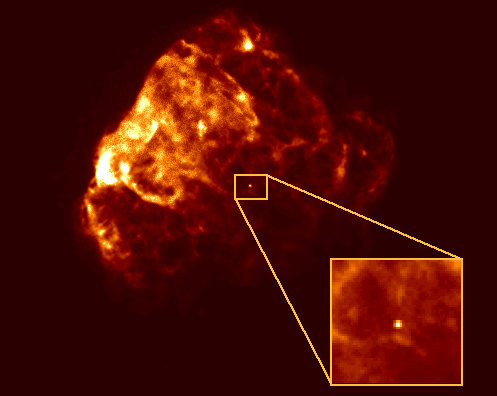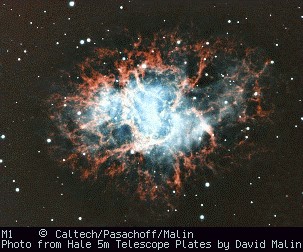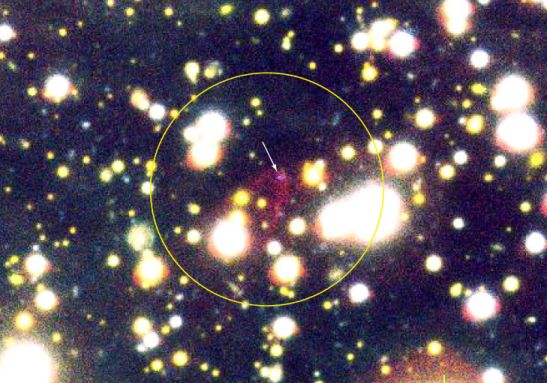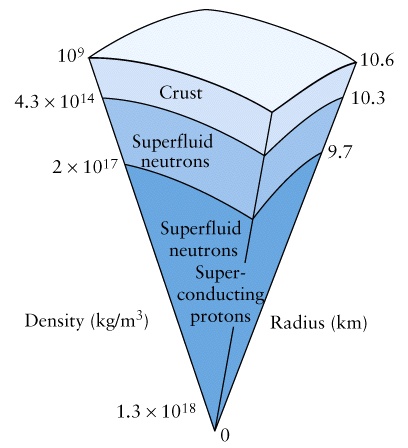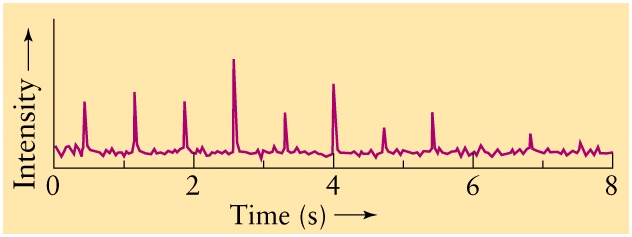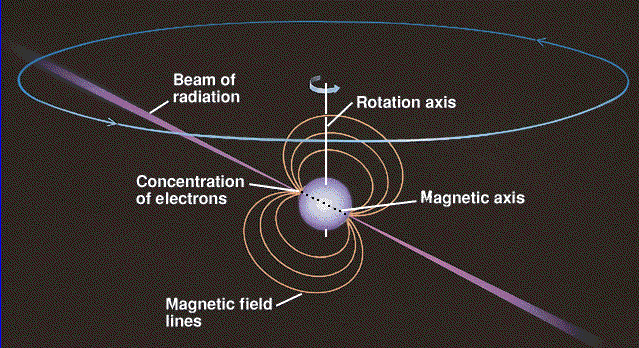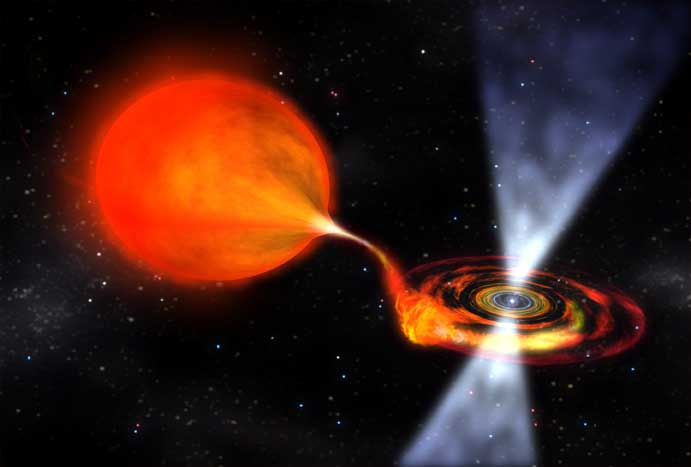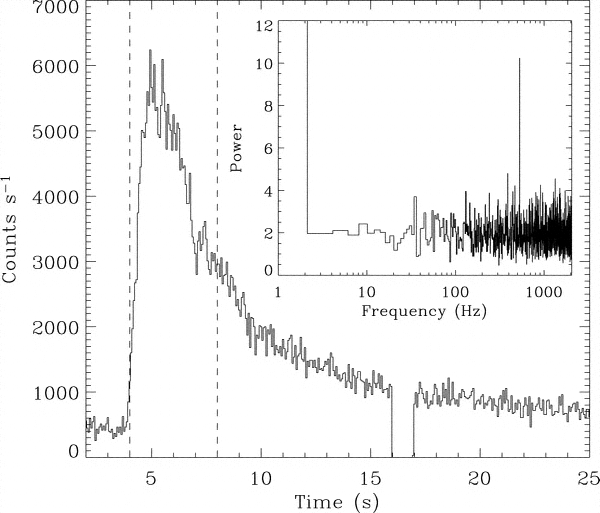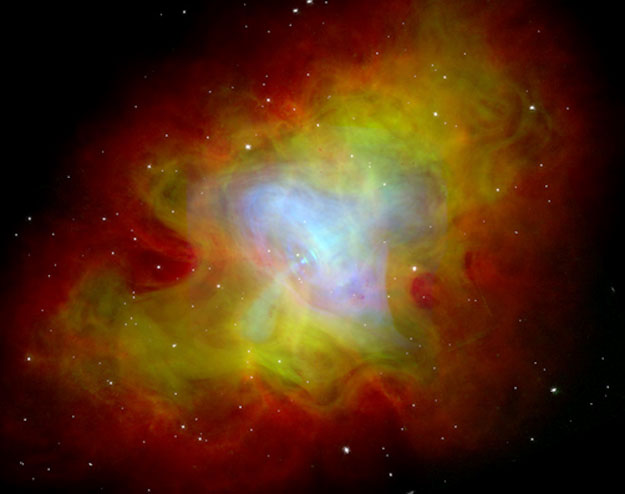Uncertainty about a neutron star's structure
- It is not known what really lies at the core of a neutron star.
- Exotic particles such as pions or unbound quarks might lie
in the core.
- Each theory about the dense core provides a correction
to neutron degeneracy pressure.
- Since the detailed nature of the core is unknown, the
forces opposing gravity are not known exactly and the
sizes of neutron stars are not known exactly.
- For example, two different, but reasonable theories
of neutron stars predict two different sizes for a
neutron star with 1.4 MSun. One prediction is
for a radius of 10 km, the other predicts a radius of
20 km.
- If you could accurately measure the radius of a
neutron star and measure its mass, you could rule
out certain theories describing dense nuclear matter.
- However, very difficult to measure the radius of
a star this tiny.
|
